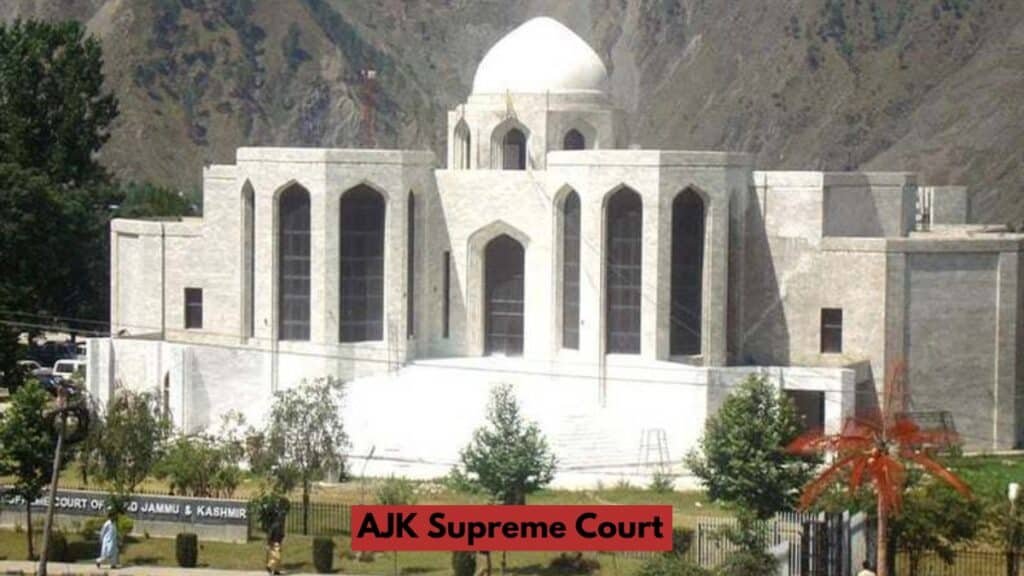LEEPA VALLEY (Kashmir Digital): A landslide in Leepa Valley caused by heavy rain and snowfall in Ghasla caused the tragic death of a five-year-old girl, as the Pakistan Army conducted rescue operations, while locals urged the government for disaster relief and preventive measures.
A devastating landslide began as heavy rain and snow accumulated to claim the life of a five-year-old girl in Ghasla village of Leepa Valley Azad Jammu and Kashmir (AJK).
Local media reported that Hadiya and her home belonging to Molvi Naseer suffered complete burial by a landslide. The region endured intense weather elements that produced dangerous conditions since rain and snow continued to accumulate and increased the possibility of landslides along with avalanches.
The Pakistan Army received immediate notification about the incident and sent rescue teams to perform emergency services at the site. The rescue teams exerted their maximum effort to extract the child’s corpse from beneath the rubble. Even with their speed in arriving at the location the young girl sadly lost her life.
The area’s residents live in deep sorrow and continue to show sympathy to the mourning family members. The affected families need direct government support while the administration must take immediate measures for future disaster prevention.
Snow-heavy wintry conditions along with landslides and blocked roads consistently affect Leepa Valley and disturb the lives of all its residents throughout the year. To respond to natural disasters in a better way, the local population is in need of stronger infrastructure, warning systems, and disaster management.
Avalanches can be caused when a mass of snow, ice, and debris quickly falls down a mountainside. They are a strong and lethal natural disaster. They have the power to block roads, demolish houses, and bury individuals, also injuring them severely and killing them mostly. Avalanches are extremely dangerous, particularly in mountainous areas during the winter, and can be caused by intense snowfall, earthquakes, or human activities.




